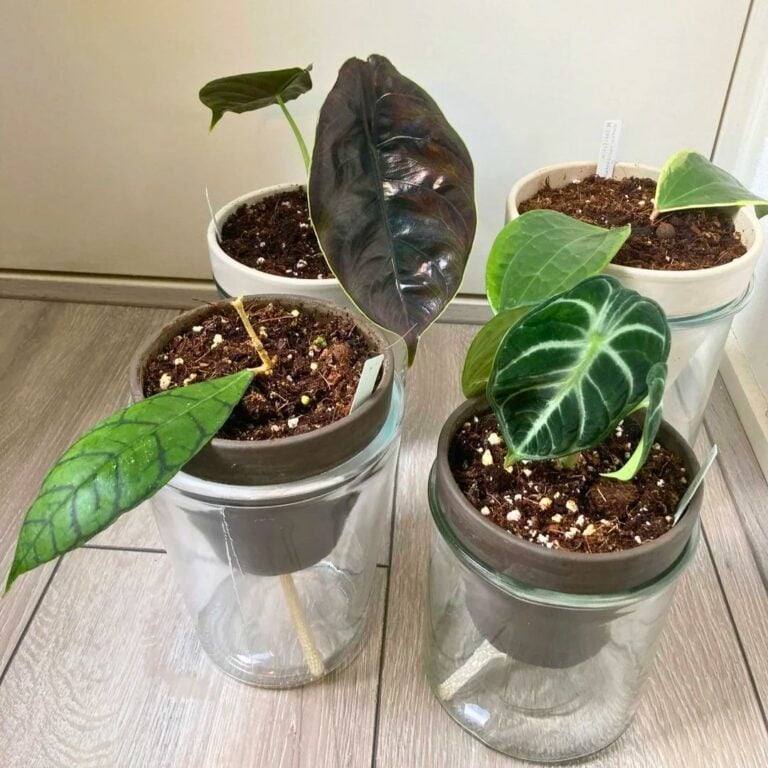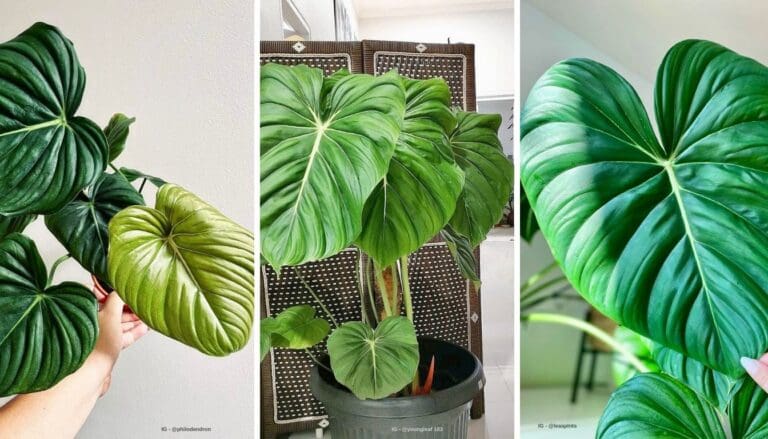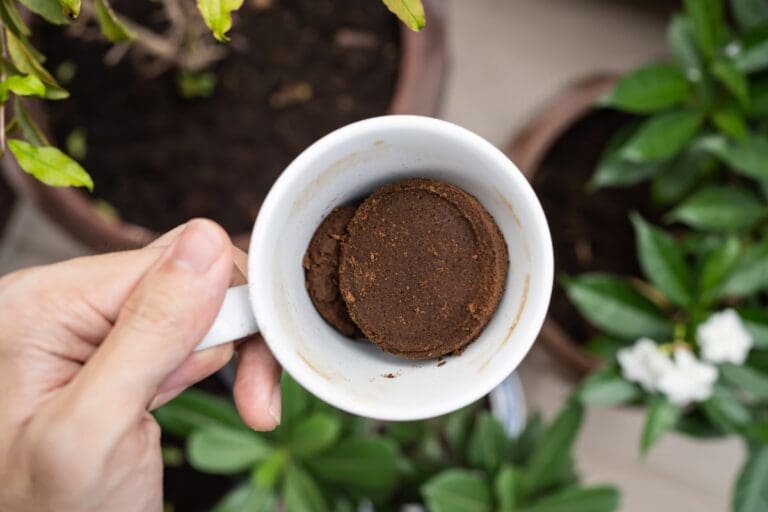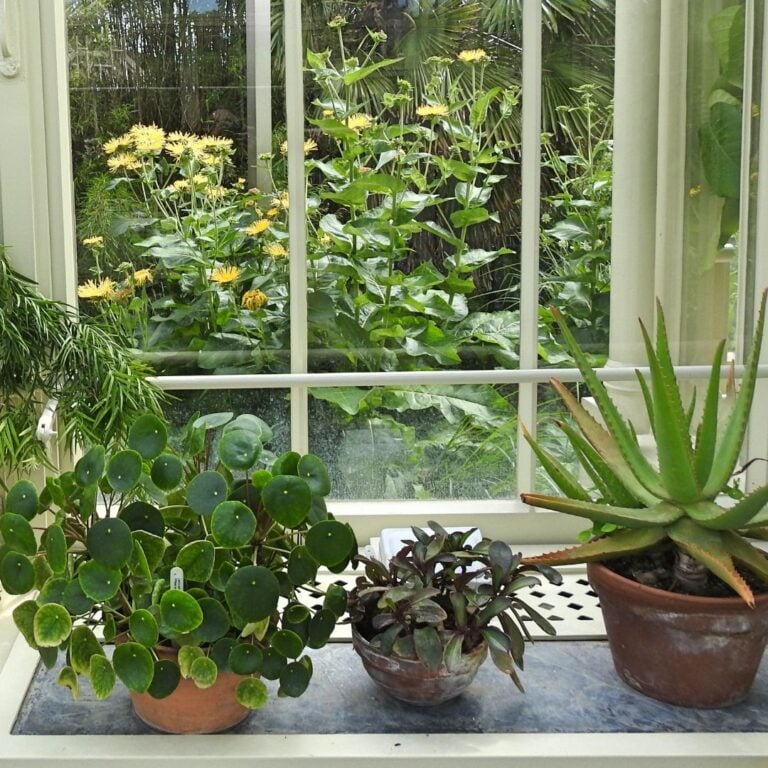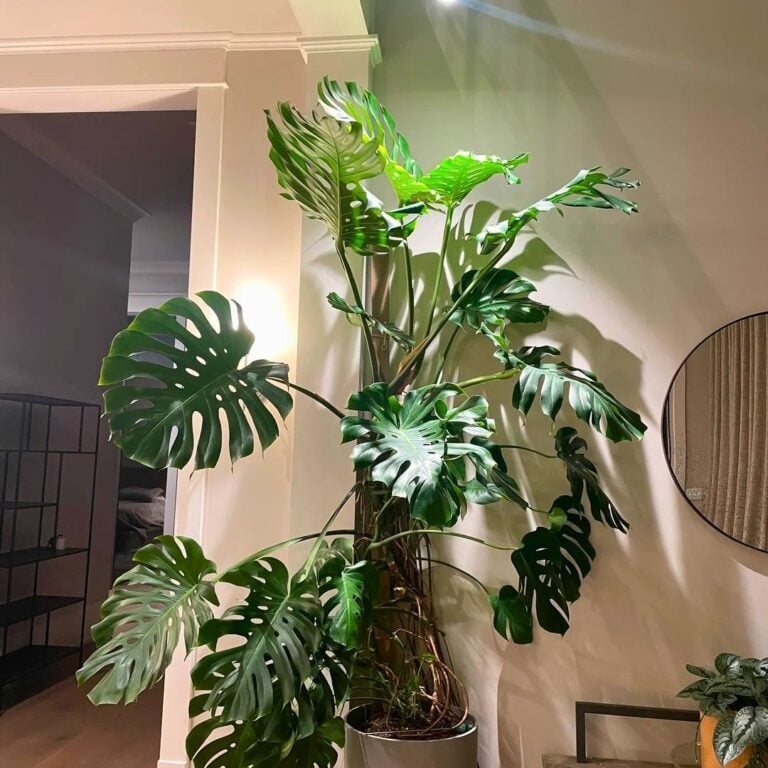5 Fertilizing Tips to Boost Plant Growth in Summer
Caring for plants in summer is honestly a bit of a juggling act, but I’ve found that dialing in the right fertilizing routine makes all the difference. The warm weather just makes everything grow faster—and hungrier—so a little extra support goes a long way.
When I follow a few solid fertilizing tips, my plants really do look fuller and greener. I’m happy to share some simple ways I use to keep my garden thriving all summer.
Please note: Simplify Plants is reader-supported. As an Amazon Associate, I earn from qualifying purchases made by our readers with no extra cost added to you all! Some links in the post are affiliate links and I get a commission from purchases made through links in the post.
1) Use slow-release fertilizers for steady nutrition
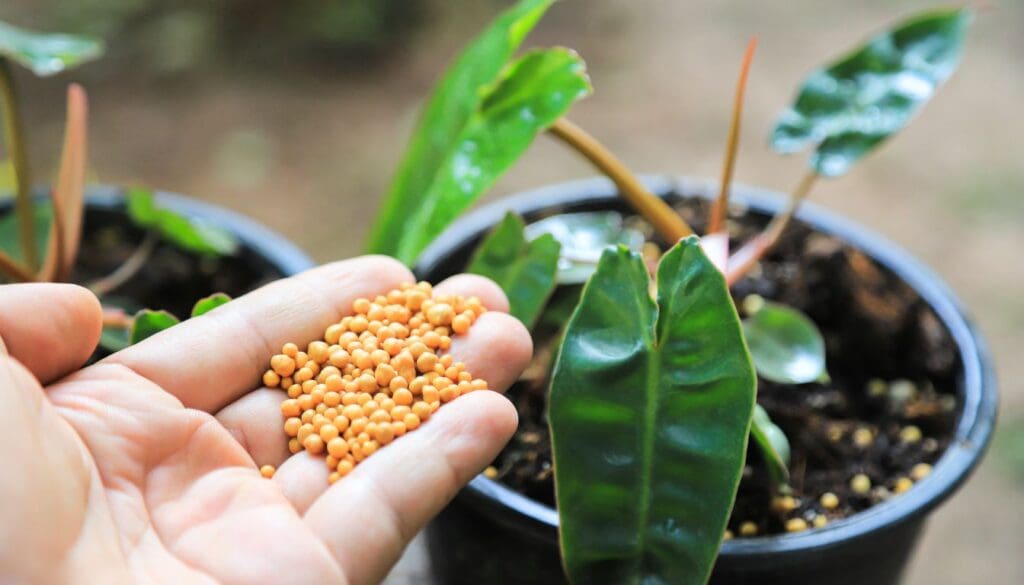
I’m a big fan of slow-release fertilizers, especially when the weather heats up. These types break down gradually, giving plants a steady supply of nutrients without overwhelming them.
That means less frequent fertilizing for me, and my plants get what they need bit by bit. It’s also great for avoiding root burn or accidentally overfeeding.
Slow-release fertilizers come as pellets, granules, or even spikes. I usually just sprinkle or press them into the soil, following the instructions on the package.
My plants seem happier with this approach—growth is more even, and the leaves just look brighter and healthier. No wild growth spurts or sudden yellowing.
Whenever I start a new garden bed or repot something, I mix slow-release fertilizer right into the soil. It’s a time-saver and gives new plants a good head start.
For my container plants, I always double-check how long the fertilizer is supposed to last. Some feed for a few weeks, others for months, so I just match it to what I need.
Honestly, I prefer slow-release over quick-release types, especially when it’s hot outside. It’s a small change, but I’ve noticed it really helps.
2) Apply compost tea weekly for microbial boost
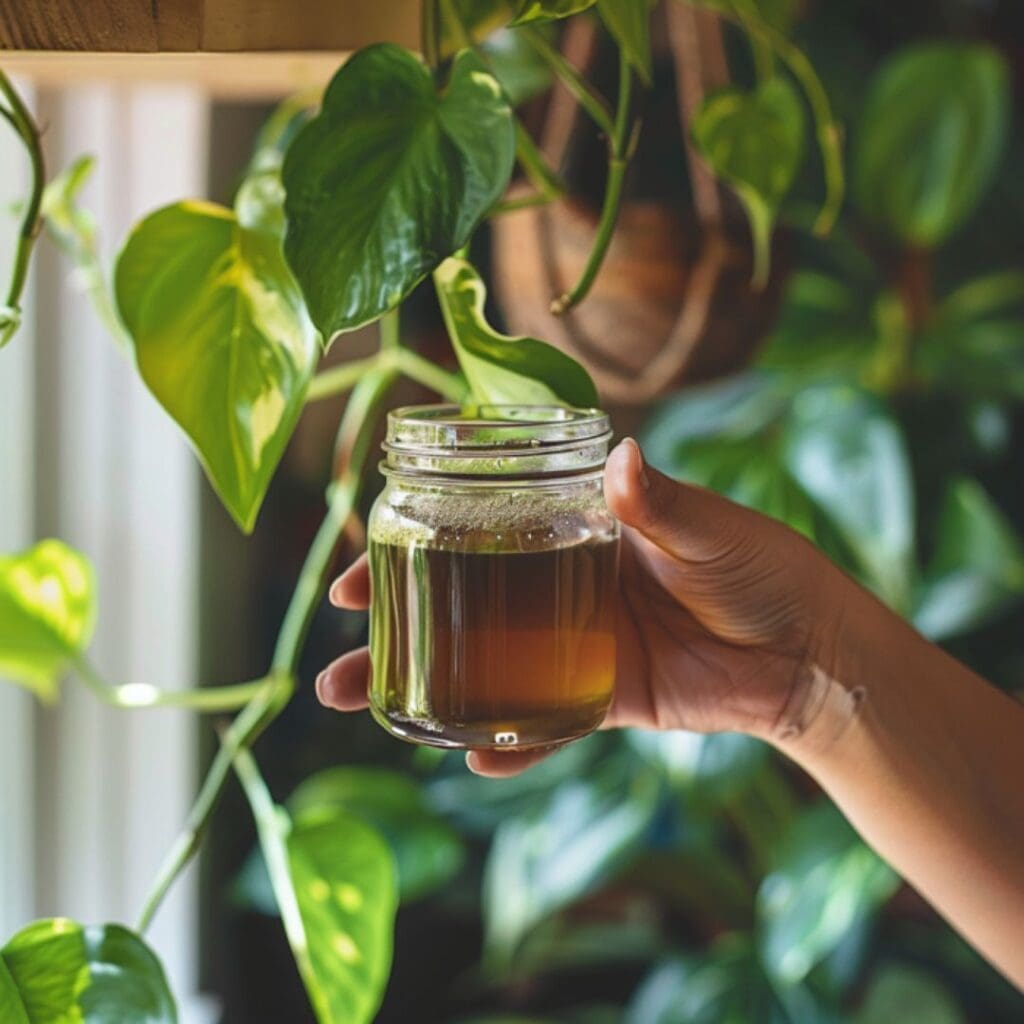
I love using compost tea as a gentle, natural booster for my plants. Compost tea is just compost soaked in water, but it’s loaded with beneficial microbes that help create healthy soil.
Once a week, I water my garden with this tea. The extra microbes help my plants get more nutrients from the soil, breaking down minerals that roots might otherwise miss.
I’ve noticed that using compost tea improves the overall health of my soil over time. The difference in plant growth is especially noticeable during those hot summer stretches.
It’s simple enough to make at home. I put finished compost in a bucket, add water, and let it steep for a day or two.
After straining, I pour the tea at the base of my plants. It’s a little messy, but worth it.
Since I started this routine, I’ve had fewer pest problems and yellow leaves. My plants look more vibrant and seem to handle stress better.
A weekly compost tea habit keeps my garden going strong, even when the weather is rough.
3) Feed with fish emulsion for quick nitrogen

I reach for fish emulsion when my plants start looking a bit tired in the summer. It’s made from processed fish and gives a quick shot of nitrogen, which is great for leafy growth.
Fish emulsion is water-soluble, so I just mix it with water and pour it around the base of my plants. The roots soak it up fast.
Nitrogen is essential, especially for veggies and flowering plants. If I notice pale or yellow leaves, that’s my cue to add some.
It’s mild, so I don’t stress too much about burning the plants—as long as I stick to the directions. A little goes a long way.
It does have a pretty strong smell, but it fades once it dries. I usually use it early in the morning or in the evening to keep the smell from lingering.
Feeding with fish emulsion every 2-3 weeks seems to keep things healthy. If it rains, I wait until the soil dries a bit before feeding again.
I always check the label for mixing instructions. No sense in wasting it or overdoing it.
Using fish emulsion has made my summer garden noticeably greener and more lively.
4) Top-dress with bone meal for strong roots

I like to sprinkle bone meal around my plants in the summer. It’s made from ground animal bones and is rich in phosphorus, which is key for strong roots.
Bone meal is especially useful for tomatoes, peppers, and flowering plants. I just scatter a thin layer around the base, then gently mix it into the top inch of soil.
Since bone meal breaks down slowly, my plants get nutrients over time. No sudden surges—just a steady feed.
I always water well after applying bone meal so the nutrients can move down to the roots.
If you’ve got pets, be careful—dogs sometimes want to dig where you’ve used bone meal. I keep an eye out for that.
Too much bone meal isn’t good, so I stick to the package directions. More isn’t always better.
I usually add bone meal at the start of the growing season or when I notice new growth. Healthy roots really do make a difference.
Adding bone meal is such a simple step, but it supports root development and helps plants handle summer stress.
5) Add Epsom salts to improve magnesium uptake

I like tossing in a bit of Epsom salts during summer because they help plants get more magnesium. Magnesium is crucial for healthy leaves and photosynthesis.
If I see leaves turning yellow between the veins or looking kind of dull, I suspect a magnesium shortage. That’s when I mix about one tablespoon of Epsom salts into a gallon of water.
I water the soil around my plants with this mix, and sometimes I’ll spray it directly on the leaves for a quicker fix. I stick to using it about once a month—too much isn’t a good idea.
Tomatoes, peppers, and roses seem to love Epsom salts in the summer. I just watch how my plants look and only add more if I see a need.
You can find Epsom salts pretty much anywhere, and they dissolve fast. They’re safe for most plants as long as you don’t overdo it.
After using Epsom salts, my plants look noticeably greener and perkier. It’s a small thing, but it can really help during those hot stretches.
Understanding Plant Nutrient Needs in Summer
I’ve noticed my plants always need a bit more attention when the weather gets hot. Summer heat can mess with how plants use water and nutrients, so I watch for signs that my soil or fertilizer isn’t keeping up.
How Heat Affects Nutrient Uptake
When it’s hot, plant roots can struggle to take in water and nutrients. Warm soil dries out fast, making nutrients like nitrogen, potassium, and magnesium harder to reach.
If I overwater, I might wash away nutrients before the roots can use them. It’s a balancing act.
Plants also seem to use up food faster in the summer since they’re growing like crazy. I check soil moisture often and try to water early in the morning.
That way, nutrients stick around longer and roots don’t get too dried out when the sun is blazing.
Here’s a quick look at which nutrients are most affected by heat:
| Nutrient | Effect in Heat |
|---|---|
| Nitrogen | Leaches out of soil |
| Potassium | Needed more for growth |
| Magnesium | Harder to absorb |
Signs of Fertilizer Deficiency in Warm Weather
I keep an eye out for certain signs when it’s hot. Yellow leaves, slow growth, or fewer flowers usually mean my plants are hungry.
Sometimes the leaves look burnt or have brown edges, which can point to low potassium.
Other things I watch for:
- Pale leaves or floppy stems (maybe not enough nitrogen)
- Purplish leaves (sometimes a phosphorus issue)
- Leaf edges curling or crisping (often potassium)
If I spot any of these, I try to match the fertilizer to the problem. Staying alert during heatwaves keeps my plants looking their best.
Best Practices for Safe Summer Fertilizing

I try to get the most out of fertilizer without hurting my plants. Paying attention to watering and timing makes a big difference in the summer.
Watering Techniques to Enhance Fertilizer Absorption
I always water before and after fertilizing. Giving the soil a good soak first helps nutrients move evenly and keeps roots from burning.
Early morning or late afternoon are my go-to times for watering. The water doesn’t evaporate as fast, and plants seem happier.
I try to keep the leaves dry to avoid disease. Some tips I swear by:
- Check soil moisture before fertilizing—dry soil can be rough on roots.
- Mulch helps lock in moisture.
- Don’t overwater—too much can wash nutrients away.
Timing Your Fertilizer Applications
I stick to fertilizing during cooler parts of the day—early morning or evening. That way, plants aren’t stressed by heat and fertilizer absorbs better.
I avoid fertilizing right before heavy rain, since it’ll just wash away.
Here’s my usual plan:
- I read the instructions every time—no shame in double-checking.
- For most plants, I fertilize every 4-6 weeks in summer.
- I don’t fertilize new plantings right away—let them settle in first.
A little routine and watching the weather goes a long way. Honestly, less is usually more with summer feeding.
Frequently Asked Questions
People ask me about summer fertilizing all the time—timing, safety, what to use, and how to spot when plants need help.
What’s the best time of day to fertilize plants in the summer?
I always fertilize early in the morning or late in the afternoon. Cooler temps help nutrients soak in and keep plants from getting stressed.
Can over-fertilizing harm my garden during the hot months?
Yes, over-fertilizing can burn plant roots, especially in hot weather. I stick to slow-release fertilizers and follow the directions closely. Less is often more, honestly.
Which type of fertilizer promotes the best growth in summer conditions?
I’ve had the best luck with slow-release fertilizers and fish emulsion. Slow-release keeps feeding over time, while fish emulsion gives a quick nitrogen boost if plants look tired.
How can I tell if my plants need more nutrients during the summer?
If I notice yellow leaves, slow growth, or weak stems, it’s usually a sign my plants need more nutrients. I check for these every week so I can catch problems early.
Are there any organic fertilizing options that are effective in warm weather?
Compost tea really perks up my plants with a burst of beneficial microbes. I’ll usually go for a weekly dose, though sometimes I skip if things seem fine.
Bone meal is great for sturdy roots. It’s simple, but it works.
Epsom salts? Those are my go-to for boosting magnesium—makes the leaves noticeably greener, honestly.
How does summer rainfall affect the frequency of fertilizing my outdoor plants?
Heavy rain can wash away nutrients before my plants even get a chance to use them.
After a strong downpour, I’ll sometimes toss on a light dose of fertilizer just to help the soil bounce back.
I try to avoid fertilizing right before it rains, though—what’s the point if all those nutrients just wash away?
Recommended Garden Supplies
| Product Image | Our Recommended Gardening Supplies | Check Offers! |
|---|---|---|
Top Top
Top
Top
Top
Top
Top
Top
Top | rePotme Houseplant and Tropical Classic Potting Soil Mix | Check Offer On Amazon |
 Top
Top
Top
Top
Top
Top
Top
Top | Espoma Organic Indoor Plant Food | Check Offer On Amazon |
 Top
Top
Top
Top
Top
Top
Top
Top | GooingTop LED Grow Light 6000K Full Spectrum Clip Plant Growing Lamp | Check Offer On Amazon |
 Top
Top
Top
Top
Top
Top
Top
Top | Soil Moisture Meter | Check Offer On Amazon |
 Top
Top
Top
Top
Top
Top
Top
Top | Govee Hygrometer Thermometer, Bluetooth Enabled! | Check Offer On Amazon |
 Top
Top | LEVOIT Humidifiers for Large Room(Best For Plants) | Check Offer On Amazon |
 Top
Top
Top
Top
Top
Top
Top
Top | Upgraded DIY Automatic Drip Irrigation Kit, 15 Potted Houseplants Support | Check Offer On Amazon |
 Top
Top
Top
Top
Top
Top
Top
Top | Stainless Steel Heavy Duty Gardening Tool Set | Check Offer On Amazon |
 Top
Top
Top
Top
Top
Top
Top
Top | Bonide Insecticidal Soap | Check Offer On Amazon |
 Top
Top
Top
Top
Top
Top
Top
Top | Bonide 32 oz Spray Neem Oil for Organic Gardening | Check Offer On Amazon |
 Top
Top
Top
Top
Top
Top
Top
Top | Garden Safe Fungicide | Check Offer On Amazon |


